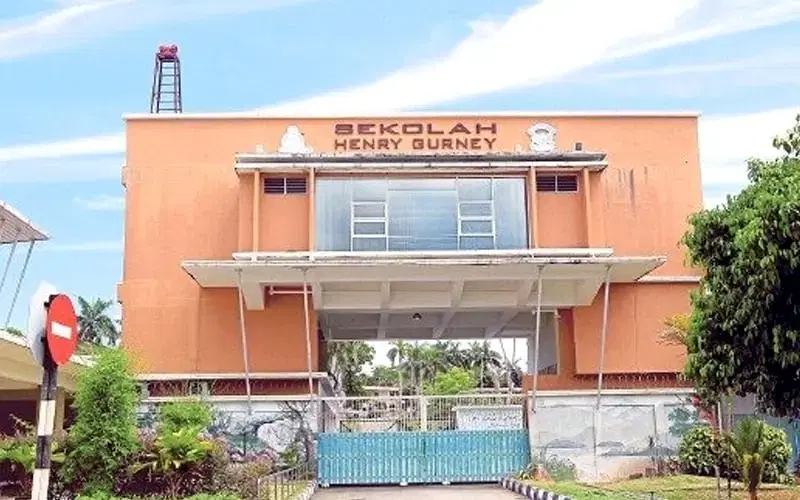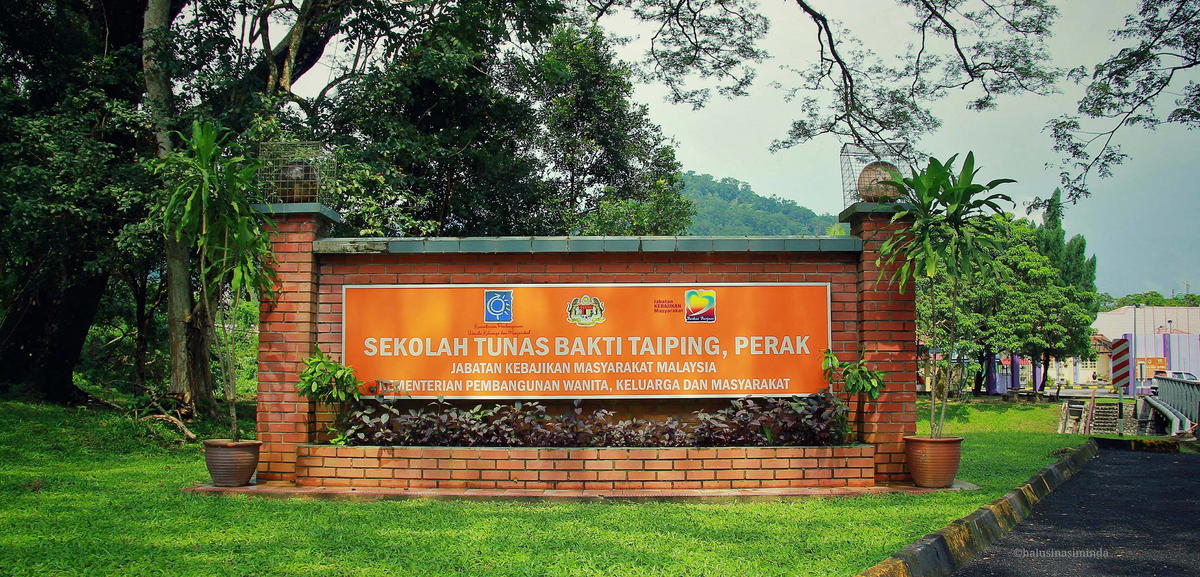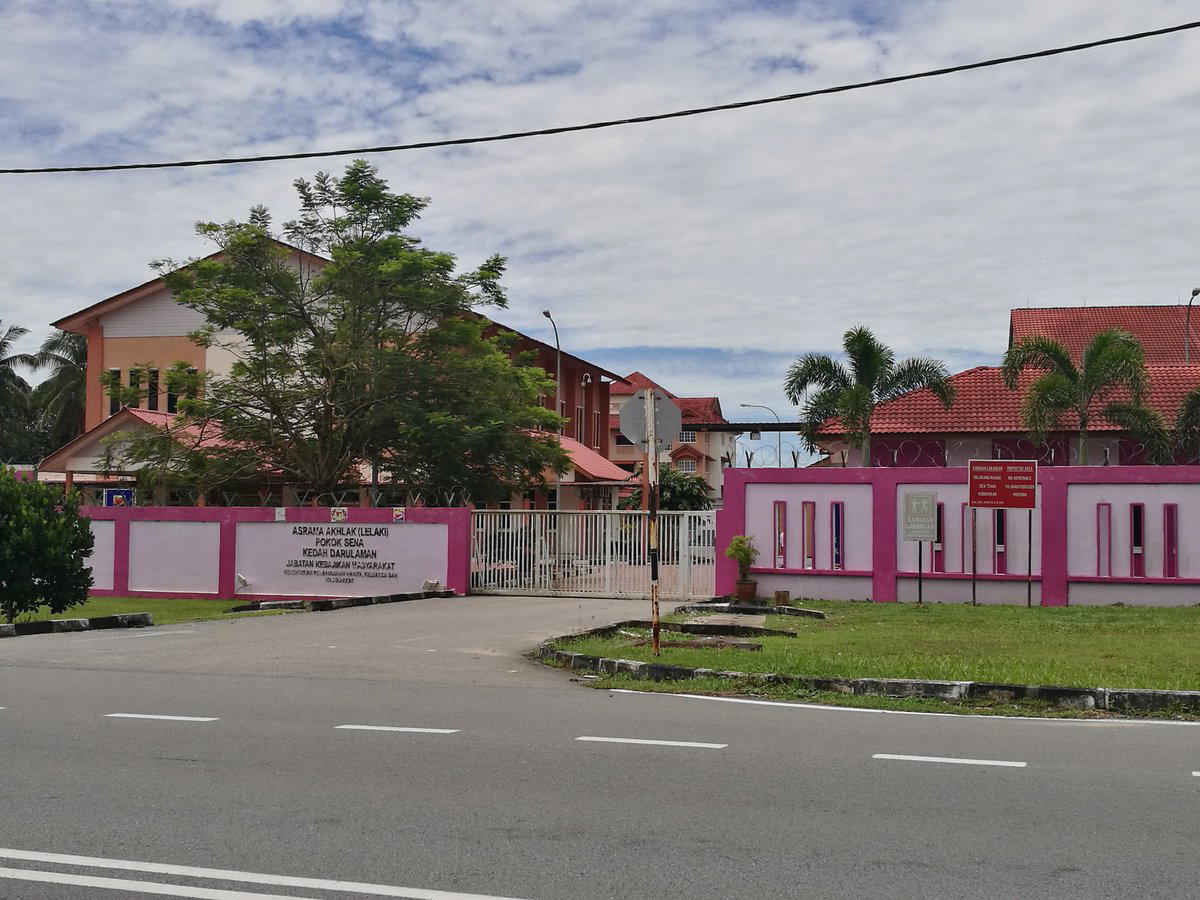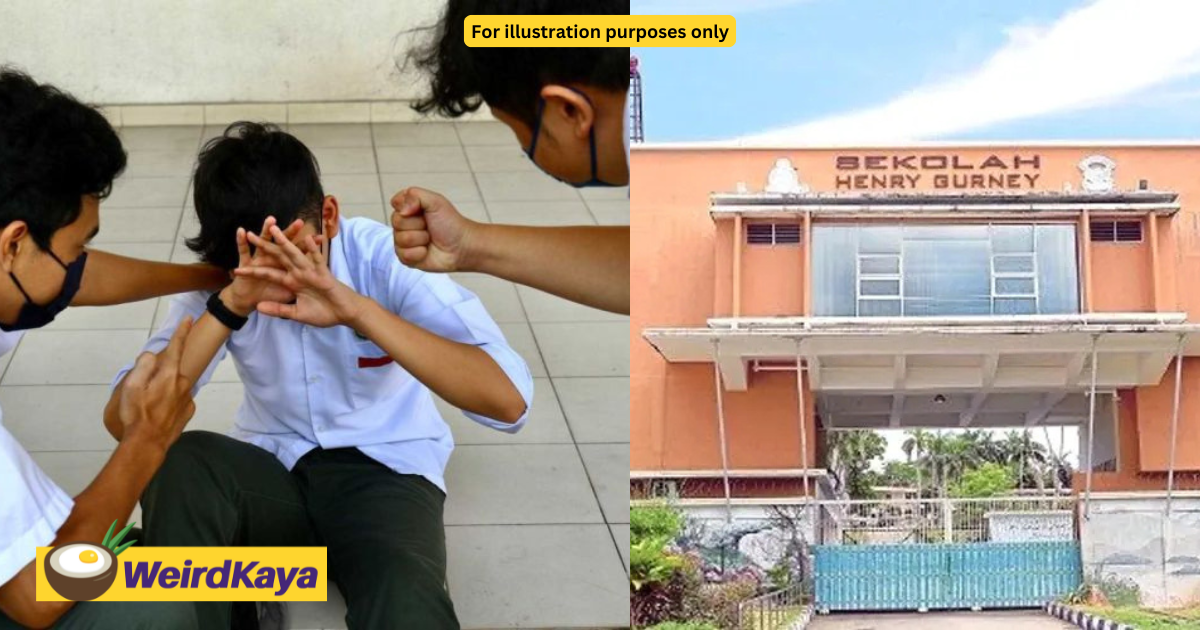You might wonder, when a teenager breaks the law in Malaysia, do they go straight to jail?
Not always.
For certain cases, especially when the offender is underage, they’re placed in special rehabilitation institutions instead of regular detention centres.
These aren’t “get out of jail free” cards, they’re structured environments where juveniles go through discipline, education, and behaviour correction programmes under close supervision.
Malaysia’s system includes a few different types of institutions, depending on the offence, the individual’s age, and whether they’re under the care of the Welfare Department or the Prison Department. Let’s break them down.
3 main types of juvenile institutions in Malaysia
1. Juvenile Schools — Sekolah Henry Gurney & Sekolah Integriti

First up are the juvenile schools operated by the Malaysian Prisons Department. These are typically for youths who’ve already gone through the court process and been found guilty of a criminal offence.
There are two main categories:
- Henry Gurney Schools (SHG): For offenders under 18, detained under the Child Act 2001.
- Sekolah Integriti (SI): For older teens aged 15–21, considered young prisoners but kept separate from adult inmates.
So where are these schools?
- SHG: Telok Mas (Melaka), Puncak Borneo (Sarawak), Keningau (Sabah)
- SI: Sungai Petani, Marang, Bentong, Puncak Alam, Muar, Kluang, Kuching, Kota Kinabalu
The length of stay depends on age and behaviour, some remain up to 3 years, or until they turn 18 or 21, whichever applies. A Visiting Board decides when they’re eligible for release or transfer.
2. Sekolah Tunas Bakti — for behavioural issues or minor offences

But not all teens in the system are hardcore criminals. Some are placed in Sekolah Tunas Bakti, which is under the Department of Social Welfare.
These schools cater to two main groups:
- Those involved in minor offences
- Those labelled as uncontrollable or at-risk by their parents or guardians
Unlike the prison-based schools, these focus more on rehabilitation through character development. Students receive:
- Academic lessons
- Vocational training
- Moral education
- Social and life skills support
They’re essentially a second layer of intervention, still serious, but with more emphasis on reintegration.
You’ll find them in places like:
- Butterworth (Penang)
- Sungai Besi (KL)
- Marang (Terengganu)
- Taiping (Perak)
- Kuching (Sarawak)
- Kota Kinabalu (Sabah)
Again, the duration is usually around three years but it can be reduced if the individual shows improvement and the Visiting Board gives the green light.
3. Asrama Akhlak — also known as probation hostels

Now, what if the teen hasn’t been sentenced yet, or is in between placement? That’s where Asrama Akhlak comes in also known as probation hostels.
These are temporary shelters for youths who are:
- Awaiting court orders
- Transitioning to Tunas Bakti schools
- Nearing release but still under supervision
They focus on short-term care, counselling, and behaviour monitoring. Think of them as holding grounds that still offer structured support.
You’ll find Asrama Akhlak in places like:
- Pokok Sena (Kedah)
- Selibin (Perak)
- Paya Terubong (Penang)
- Sentosa (Kuala Lumpur)
- Rusila (Terengganu)
- Kempas (Johor Bahru)
- Kuching (Sarawak)
- And for girls: Kampung Pandan (KL) and Jitra (Kedah)
So, do they just go to school like normal?
Not exactly. It’s not a normal school setup, it’s a highly supervised one. But yes, many of the youths do continue their studies while in these institutions.
Some even sit for SPM, STPM, or take vocational certifications during their stay. The goal is to make sure they leave with at least some form of education or skill that can help them restart later in life.
But let’s be clear, these centres aren’t meant to “spare” anyone from consequences. They’re still part of the legal system, and the placement is often court-directed. It’s less about being soft and more about structured correction outside the adult prison system.
TL;DR?
When a teenager in Malaysia commits a crime or displays serious behavioural issues, they don’t always end up in jail.
Depending on their case, they might be placed in institutions like Sekolah Juvana, Tunas Bakti, or Asrama Akhlak.
These facilities focus on rehabilitation through discipline, education, and structured daily life but all within the framework of the law. It’s not about offering sympathy or second chances by default, it’s about managing juvenile cases in a system built for their age and stage of development.



